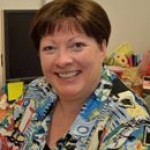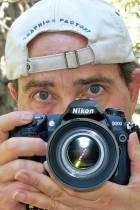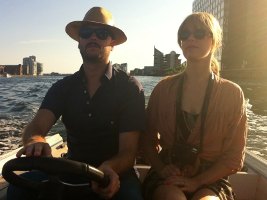
Robert Bush
We love data at the Arts & Science Council (ASC).
We are fortunate to have access to resources, but we also have to make choices about how we direct them to support the sector, and research pays off every time. It allows us to connect with donors, elected officials, the chamber of commerce, and others about the impact of programs and services, as well as economic development efforts.
We are also fortunate to have the resources to commission research. For 10 years we have done a public opinion telephone survey through the Urban Institute at UNC-Charlotte. Since 2006, we have worked with WESTAF on the Creative Vitality™ Index; but, our biggest research partner has been and continues to be Americans for the Arts. Whether it is annual local arts agency surveys, past salary surveys, or United Arts Fund surveys, we fill them out.
While we love all of our partners, the most important (and requested) research we share with stakeholders is the results of our Arts & Economic Prosperity economic impact study conducted every five years.
Yes, it requires staff time to remind and nudge, coordinate audience intercept surveys, and make certain that every local cultural group had the opportunity to participate. Thanks to the vision of the North Carolina Arts Council, beginning with Arts & Economic Prosperity IV, we have statewide data and information on each of the regional economic development areas of the state.
You may think, those people in Charlotte have more money than sense to be investing in all this data, but this data gets us noticed—by donors, corporations, elected officials, chambers of commerce, and the list goes on.
I believe in art for art’s sake but I also know that numbers matter—balanced budgets, profits, and attendance figures to name a few. They help us tell our story in terms that people can understand.
Read More
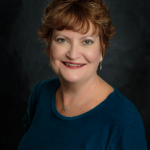



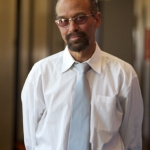




 Nina Ozlu Tunceli
Nina Ozlu Tunceli

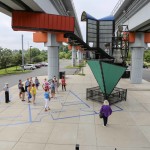

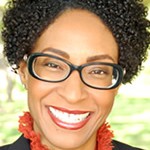

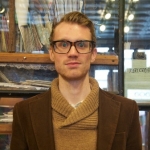


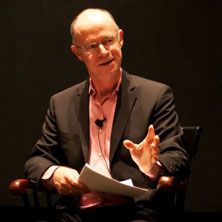

 Katryn Geane
Katryn Geane

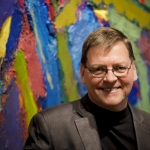
 Doug Borwick
Doug Borwick

 Shoshana Fanizza
Shoshana Fanizza


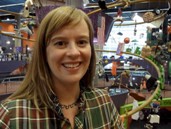 Katherine Mooring
Katherine Mooring






